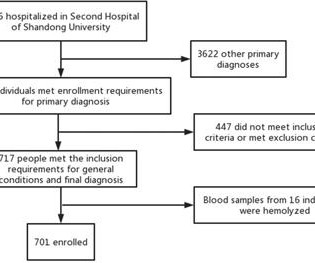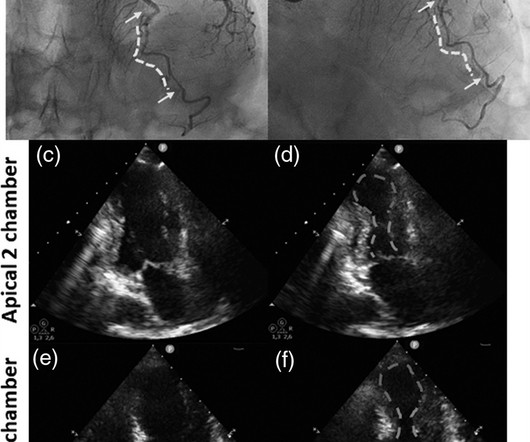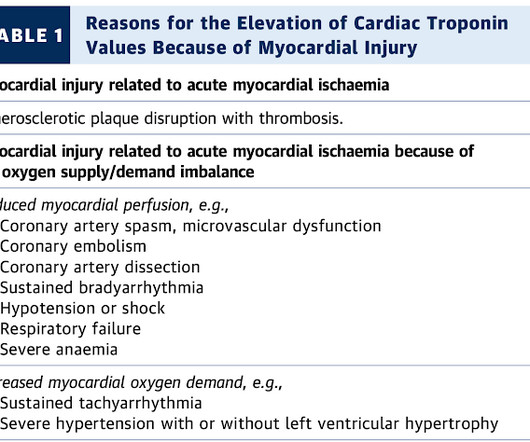Exosomal circSCMH1/miR-874 ratio in serum to predict carotid and coronary plaque stability
Frontiers in Cardiovascular Medicine
DECEMBER 13, 2023
Background To investigate the correlation between lg (circSCMH1/miR-874) and acute coronary syndrome (ACS), acute myocardial infarction (AMI), and carotid plaque stability. Methods 701 patients were divided into stable coronary artery disease (SCAD), ACS, and control groups.











Let's personalize your content